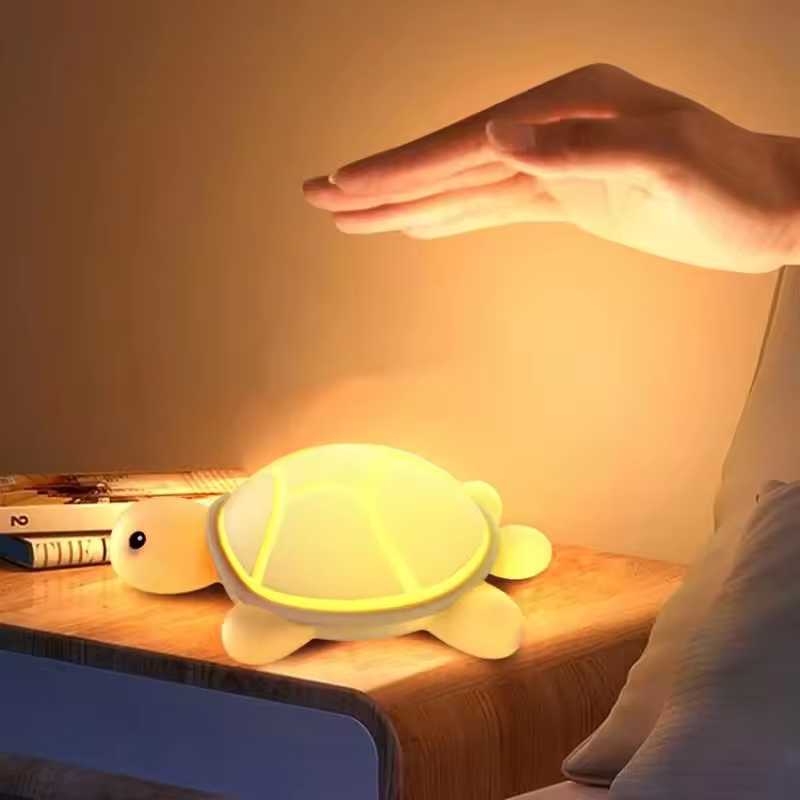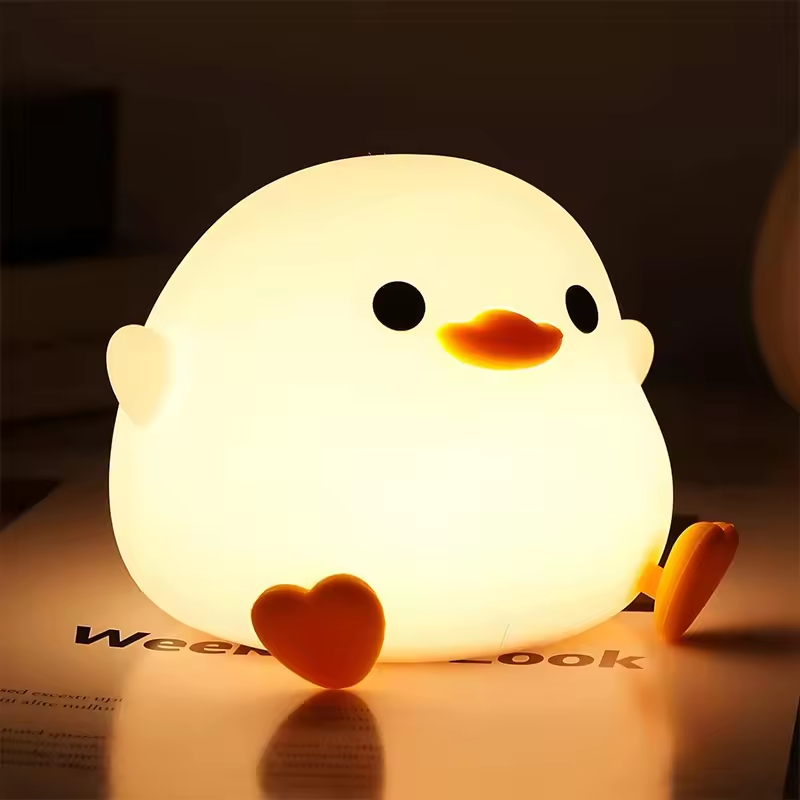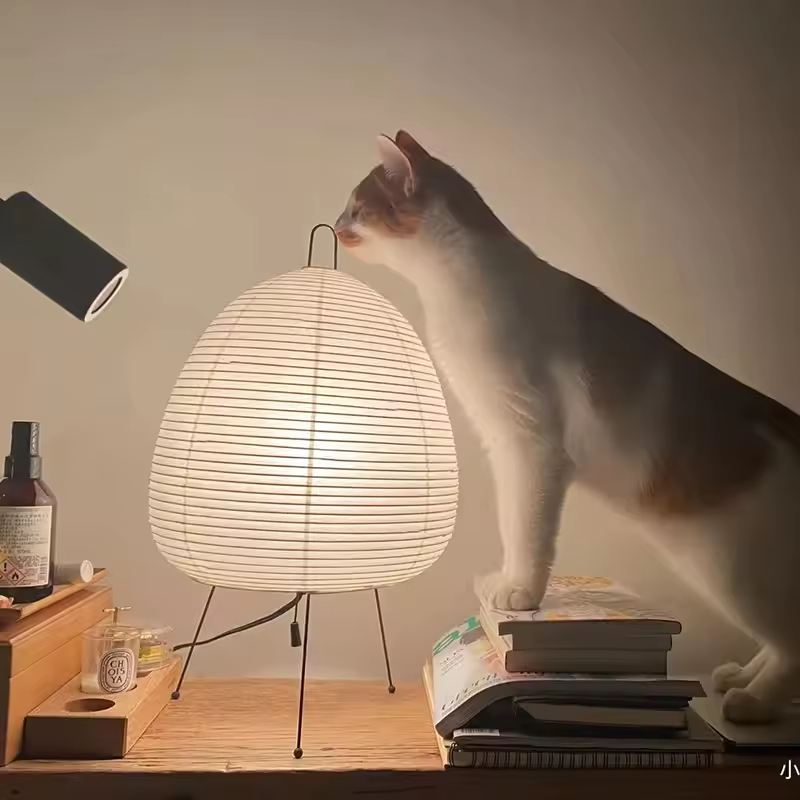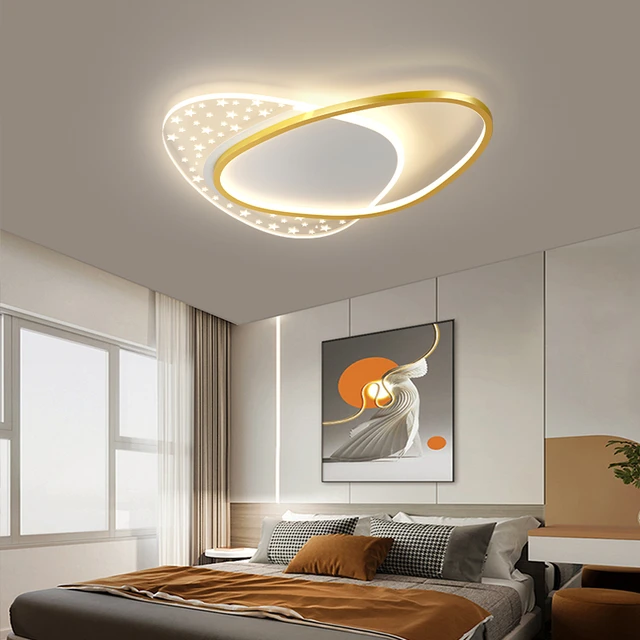 Introduction:
Introduction:
Encountering a situation where an LED ceiling light is not working despite having power can be frustrating. However, this issue can often be resolved by identifying and troubleshooting the underlying causes. In this comprehensive guide, we will provide a step-by-step approach to troubleshooting an LED ceiling light that is not working despite having power. By following these simple steps, you can potentially identify and resolve the issue, restoring functionality to your LED ceiling light.
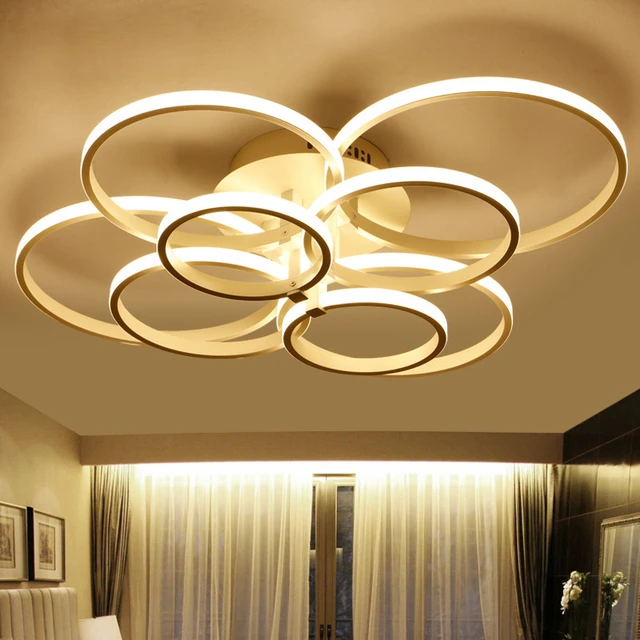 Introduction to Troubleshooting an LED Ceiling Light
Introduction to Troubleshooting an LED Ceiling Light
When an LED ceiling light is not working despite having power, there may be various causes, such as loose connections, faulty wiring, or a defective light fixture.
A. Importance of Troubleshooting: Troubleshooting can help identify and fix the underlying issue, allowing the LED ceiling light to function properly.
B. Safety Precautions: Before beginning any troubleshooting, ensure the power to the lighting fixture is turned off to prevent electrical shock.
Some common types of LED ceiling lights:
LED ceiling lights come in a variety of types, each designed to serve different purposes and suit different lighting needs. Here are some common types of LED ceiling lights:
Flush Mount Ceiling Lights:
These LED fixtures are installed directly onto the ceiling surface, providing a sleek and seamless look. Flush mount ceiling lights are popular in areas with low ceilings or where a minimalistic design is desired.
Semi-Flush Mount Ceiling Lights:
Similar to flush mount lights, semi-flush mount lights are installed with a small gap between the fixture and the ceiling. This design allows for better light distribution and often provides a stylish and decorative touch to the space.
Recessed Ceiling Lights:
Also known as downlights or can lights, recessed ceiling lights are installed into the ceiling, creating a clean and unobtrusive lighting solution. They are commonly used for general, ambient, or task lighting and can be adjustable or fixed.
Track Lights:
LED track lights consist of multiple adjustable light fixtures mounted on a track, offering flexibility in directing light to specific areas or objects. They are often used for accent lighting or highlighting artwork or architectural elements.
Pendant Lights:
These hanging light fixtures feature a single light source suspended from the ceiling by a cord, chain, or rod. LED pendant lights come in various designs, sizes, and styles, and can serve as a statement piece or provide focused task lighting.
Chandeliers:
LED chandeliers are ornate lighting fixtures with multiple arms or branches, often adorned with crystals or decorative elements. They can add elegance and provide ambient lighting in dining rooms, entryways, or formal living spaces.
Panel Lights:
LED panel lights are flat, slim, and typically square or rectangular, resembling a ceiling tile. They offer uniform and diffused lighting and are commonly used in offices, schools, and commercial spaces.
Cove Lighting:
Cove lights are LED strips or fixtures installed along the ledges or recesses in ceilings, creating an indirect and soft glow. They are often used for decorative or ambient lighting, enhancing the aesthetic appeal of a space.
These are just a few examples of LED ceiling light types. The specific type of LED ceiling light you choose will depend on factors such as the desired lighting effect, room size, ceiling height, and personal style preferences.
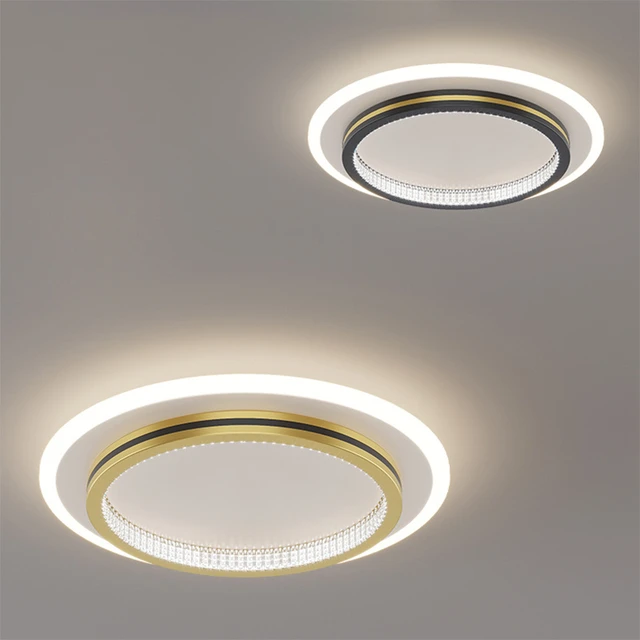 Checking the Power Supply
Checking the Power Supply
The first step in troubleshooting an LED ceiling light is to verify that it has a working power supply.
A. Verify Power Source: Check that the circuit breaker or fuse connected to the lighting fixture is supplying power.
B. Test Other Lights: Compare the LED ceiling light to other lights in the room to determine if the issue is specific to the light or a general power supply problem.
Inspecting and Cleaning the LED Bulb
A non-functional LED bulb may be the cause of the issue, so it’s essential to inspect and clean it.
A. Turn Off the Power: Ensure the power to the lighting fixture is switched off at the circuit breaker before inspecting the LED bulb.
B. Remove and Inspect the Bulb: Gently twist the LED bulb counterclockwise to remove it from the socket and inspect it for any visible damage or loose connections.
C. Clean the Bulb and Socket: Use a clean, dry cloth or compressed air to remove any dust or debris from both the bulb and the socket.
Checking and Tightening Connections
Loose connections within the lighting fixture can prevent an LED ceiling light from functioning properly.
A. Turn Off the Power: Ensure the power to the lighting fixture is switched off before attempting to check or tighten any connections.
B. Inspect Wiring Connections: Examine the wiring connections within the lighting fixture to identify any loose or disconnected wires.
C. Tighten Loose Connections: Use a screwdriver or pliers to tighten any loose wiring connections, ensuring they are secure.
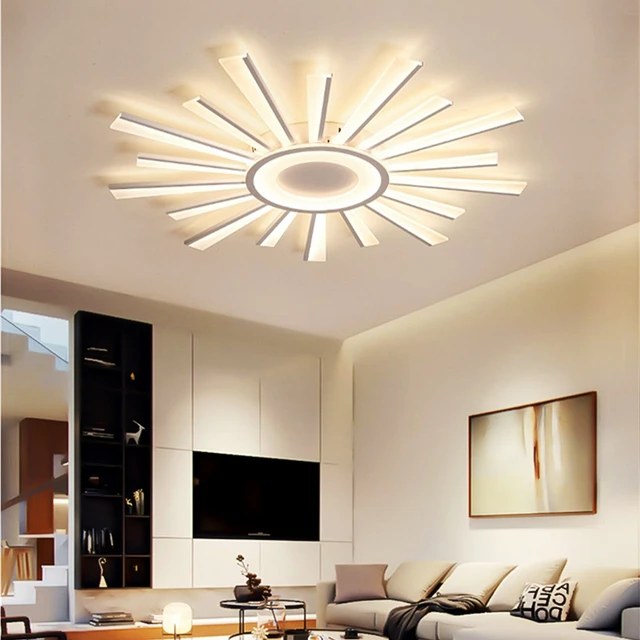 Testing and Replacing the LED Driver
Testing and Replacing the LED Driver
If the LED ceiling light has power but is still not working, a faulty LED driver may be the cause.
A. Turn Off the Power: Ensure the power to the lighting fixture is switched off before testing or replacing the LED driver.
B. Testing the LED Driver: Use a multimeter to test the LED driver for proper voltage output.
C. Replacing the LED Driver: If the LED driver is faulty, it should be replaced. Seek professional assistance or refer to the manufacturer’s instructions for guidance.
Seeking Professional Assistance
In some cases, troubleshooting and resolving the issue with an LED ceiling light may require professional assistance.
A. Complex Wiring: If the wiring within the lighting fixture is complex or if you are unsure about how to proceed, it is best to consult a professional electrician.
B. Warranty Considerations: If the LED ceiling light is still under warranty, contact the manufacturer or retailer for guidance on troubleshooting or replacement options.
LED Ceiling Light Bulb, Incandescent Bulb, and Chandelier:
Ceiling Light Bulb, Incandescent Bulb, and Chandelier are different types of lighting options, and here are their differences:
LED Ceiling Light Bulb:
It have a longer lifespan, typically lasting up to 25,000 to 50,000 hours or more.
They are available in various shapes, sizes, and color temperatures to suit different lighting needs.
LED bulbs produce less heat, making them more energy-efficient and safer to use.
They often have dimmable options and offer a range of brightness levels.
Incandescent Bulb:
Incandescent bulbs produce light by passing electric current through a filament, which generates heat and produces light.
They consume more energy compared to LED bulbs and have a shorter lifespan.
Incandescent bulbs emit more heat, which can be a concern in confined spaces or during warmer months.
Traditional incandescent bulbs are being phased out in many countries due to their energy inefficiency.
Chandelier:
A chandelier is a decorative lighting fixture with multiple arms or branches, often adorned with crystals or other decorative elements.
Chandeliers can use various types of bulbs, including LED or incandescent bulbs, depending on the specific luminaire design and preferences.
The choice of bulb for a chandelier can impact the overall ambiance and appearance of the fixture.
Ultimately, the choice between LED ceiling light bulbs, incandescent bulbs, or chandeliers depends on several factors, including energy efficiency, longevity, desired lighting effect, and personal preference for architectural or decorative lighting choices. LED bulbs are overall more energy-efficient, longer-lasting, and offer versatility in terms of brightness levels and color temperatures.
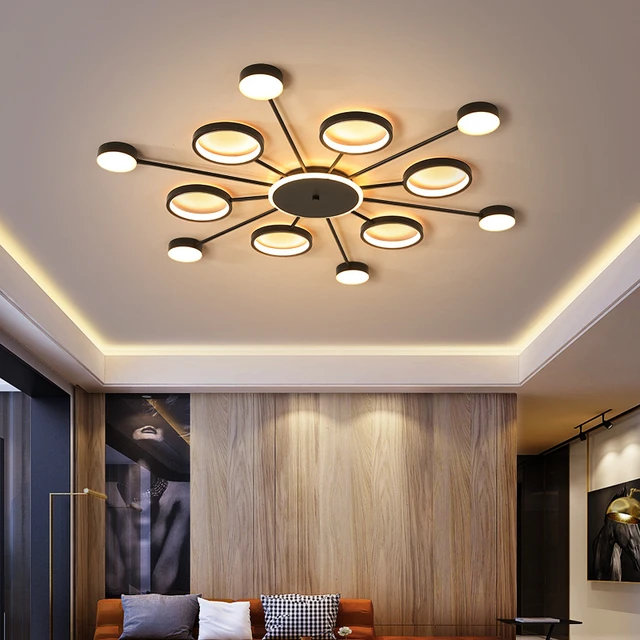 Conclusion
Conclusion
Troubleshooting an LED ceiling light that is not working despite having power can be accomplished by following a few simple steps. By verifying the power supply, inspecting and cleaning the LED bulb, checking and tightening connections, testing and replacing the LED driver if necessary, and seeking professional assistance when required, you can increase the chances of identifying and resolving the issue. Remember to prioritize safety by turning off the power before performing any checks or repairs. Through these troubleshooting steps, you can potentially restore functionality to your LED ceiling light and enjoy its energy efficiency and longevity.
